Process Overview
Adopting the latest Technology for Efficient and Reliable Manufacturing
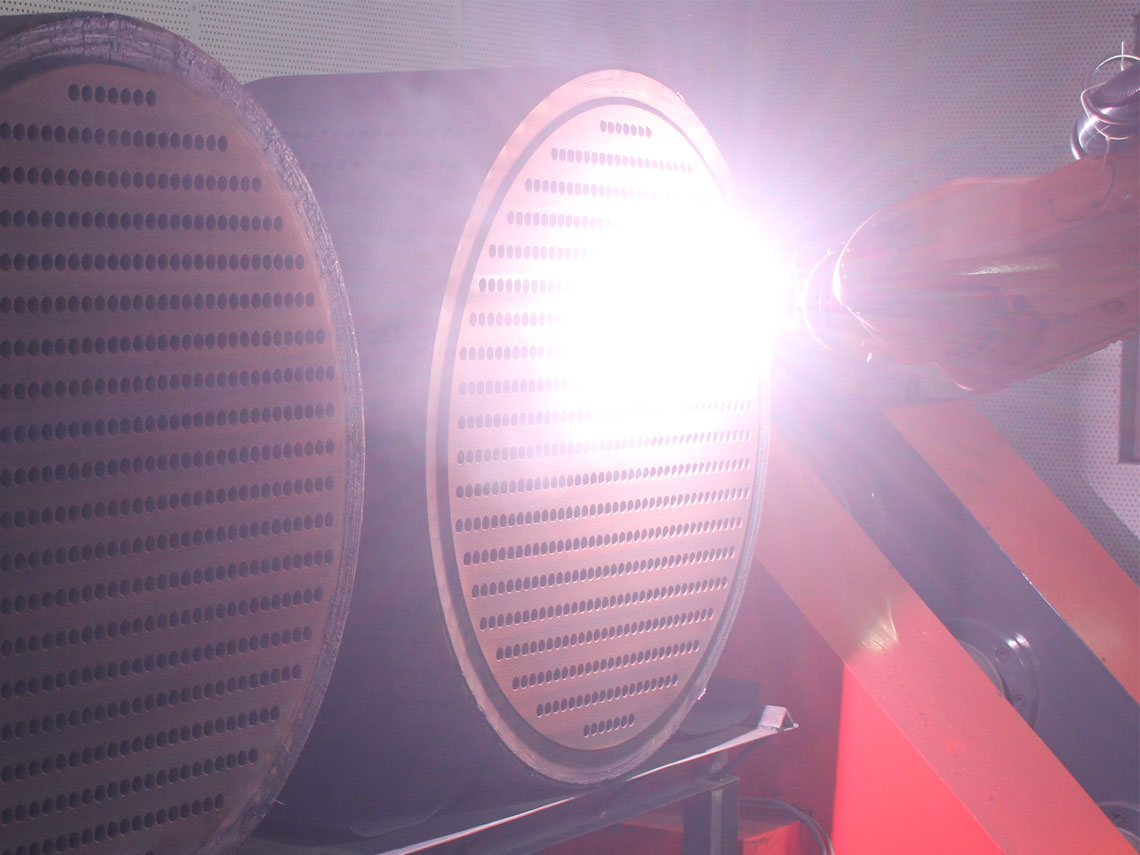
Generally, a layer of metal is deposited over a substrate for either aesthetic or functional purpose. It is an electrolytic process in which the part to be plated is usually used as a cathode and the metal to be deposited is used as an anode. Both the electrodes are dipped in an electrolytic solution generally mixed with a catalyst and charged with DC current to start the plating process. Few common plating solutions offered by us include :
It involves applying a layer of chromium on a metal substrate by immersing it in chromic acid solution. It enhances the hardness, wear, and corrosion resistance of base metal for more effective use in operation.
A layer of zinc or its alloy is deposited over the metal substrate which acts as a sacrificial coating to protect the part from corrosion.
A layer of nickel is deposited on metal substrate for either decorative purpose or to enhance the wear and corrosion resistance. It can be used as an undercoat for other plating materials such as chromium and copper. Electroless nickel is an autocatalytic reaction in which nickel ions are reduced using Sodium Hypophosphite allowing nickel to be deposited without electric current.
These metals are deposited on a metal substrate by electrolytic process as explained earlier with predominant applications in Electronics industry where good thermal and electrical properties are needed.
It is an electrochemical process which converts aluminum metal into oxides to form a decorative, durable and corrosion resistant layer. Contrary to conventional electrolytic process the aluminum is used as an anode and lead plates as cathode.
Our sister concern Associated Plasmatron Pvt. Ltd. specializes in Thermal spray coating and offers a wide range of coating solutions for various critical engineering applications. These coatings exhibit exceptional wear and corrosion resistance, abrasion resistance, high temperature oxidation resistance, cavitation resistance etc. and are specifically meant to sustain harsh operating environments. The flexibility to apply it on almost any metal substrate makes it a popular choice where performance-based coating solutions are needed. These coatings enhance the operational life of the component thereby reducing downtime and break down cost for the end user. For more details, please visit www.plasmatronindia.com
Materials
Commodities that we emulsify into Finished product
Thermal spray coating offers a wide range of selection of materials which are characterized by its grain size, grain formation, chemical composition, and form of availability. Coating materials are classified as given below with each type exhibiting key mechanical properties :

Ceramics
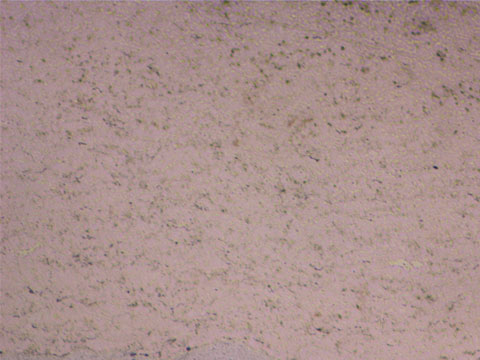
Cermets
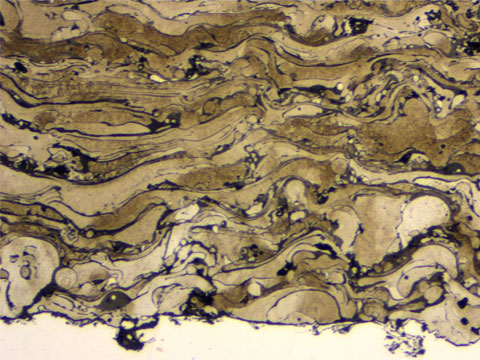
Alloy Steels
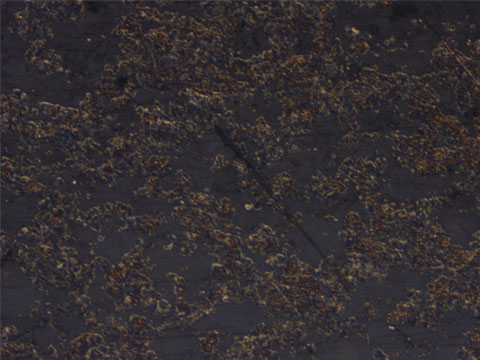
Abradables
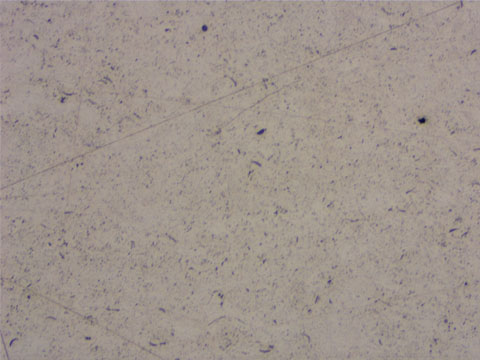
Pure Metals
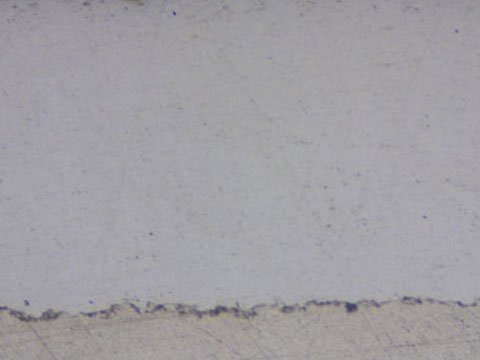
Carbides
Capabilities
A synopsis of our Skills and Expertise
- Latest thermal spray coating and cladding technology under one roof
- Thermal spray coating facility integrated with heavy engineering tool room
- Coating processes available – HVOF, HVAF, Plasma, Detonation, Slurry coating etc.
- Thermal spray coating of variety of materials such as Alloys, Carbides, Ceramics, Borides, Abradables, Cermets, Polymers etc.
- Plating processes available – Hard Chrome, Electro and Electroless Nickel, Copper, Tin, Silver and Gold, Phosphating, Anodizing, Galvanizing, Blackodizing etc.
- Coating of parts up to 2000mm Dia and 10000mm long
- Pre and post machining of coated parts up to 1500mm Dia and 6000mm long
- Grinding of coated parts up to 800mm Dia and 6000mm long
- Heat treatment furnaces for pre and post coated/welded parts up to 2000mm Dia and 8000mm long
- Complete end to end manufacturing of coated/plated parts and assemblies
- Flexibility for plating and coating of batch and production parts
- In-house laboratory for microstructure analysis of coated and plated parts including micro-hardness and bond strength evaluation
- Coating and Plating facility certified to AS 9100 Rev.D and ISO 9001 Quality Management System
- Coating shop approved by ISRO and headquarters of MNC based in USA and Europe. Plating shop approved by Nuclear and Defence, Govt. of INDIA.
Application and Benefits
Gain an Advantage over your Competition
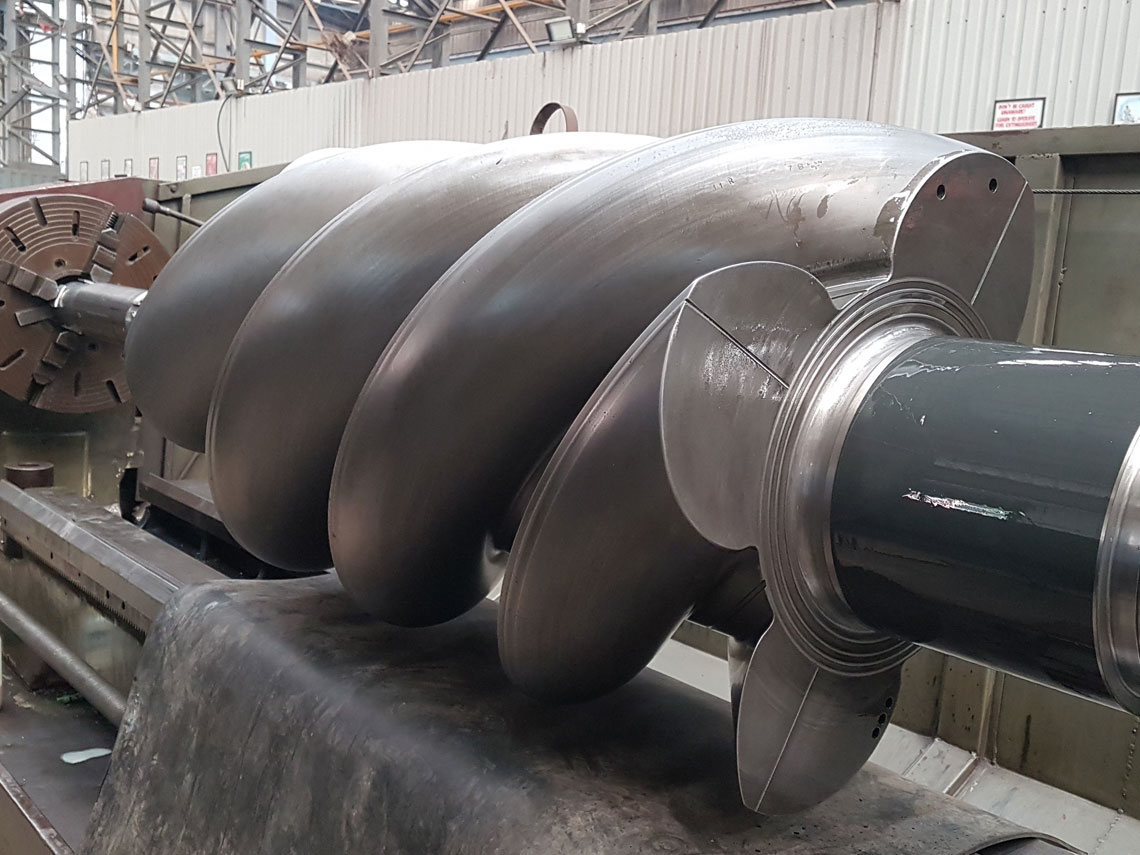
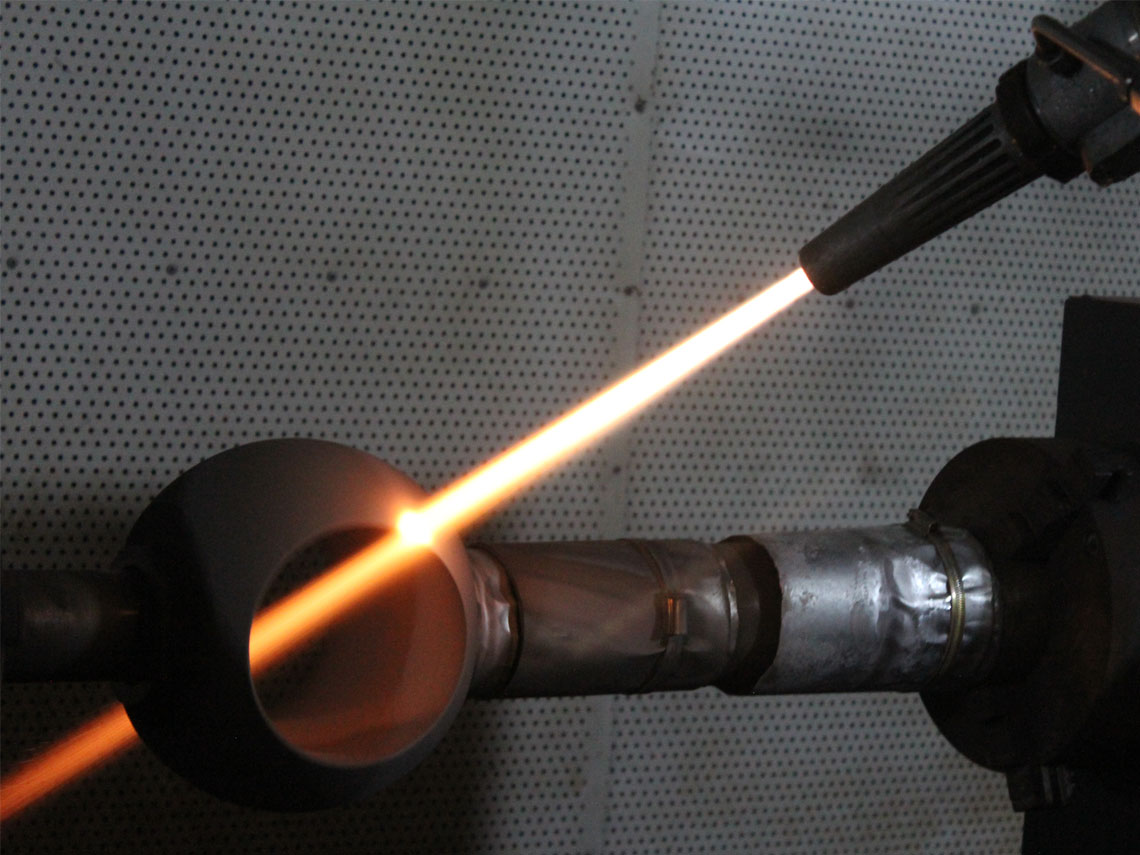
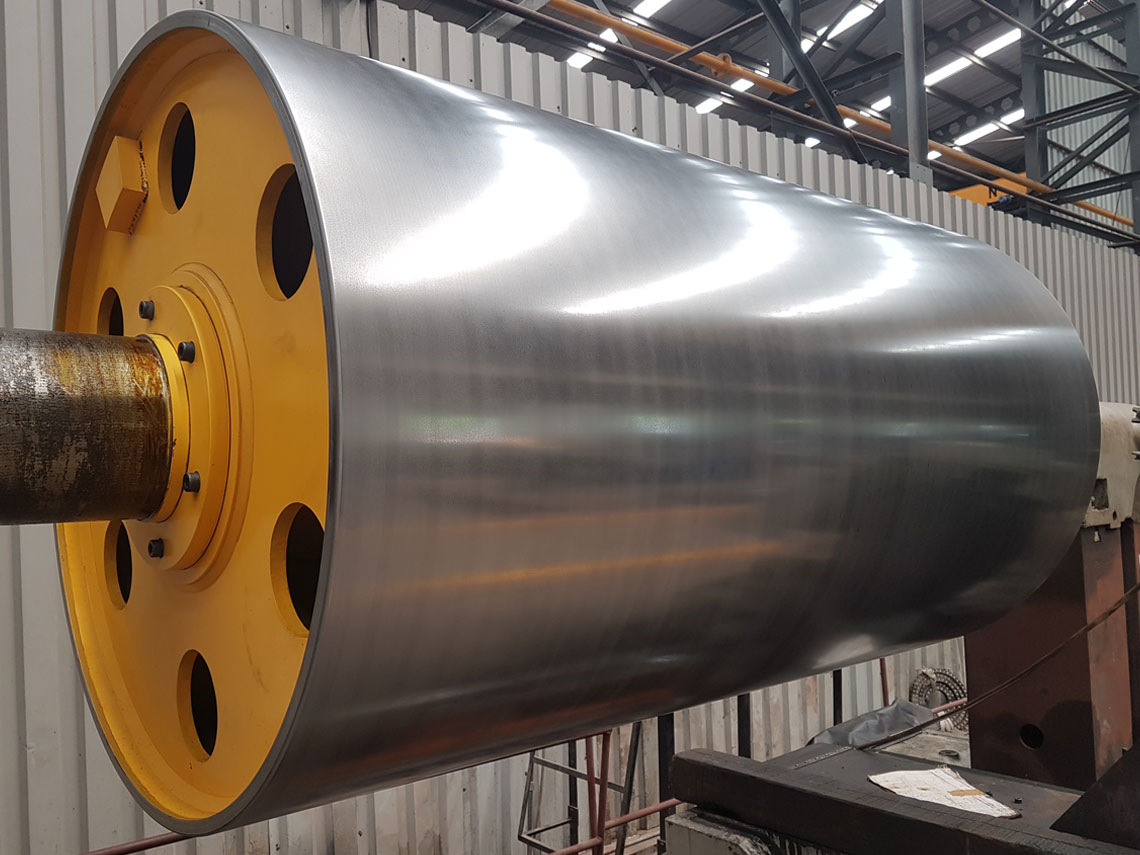
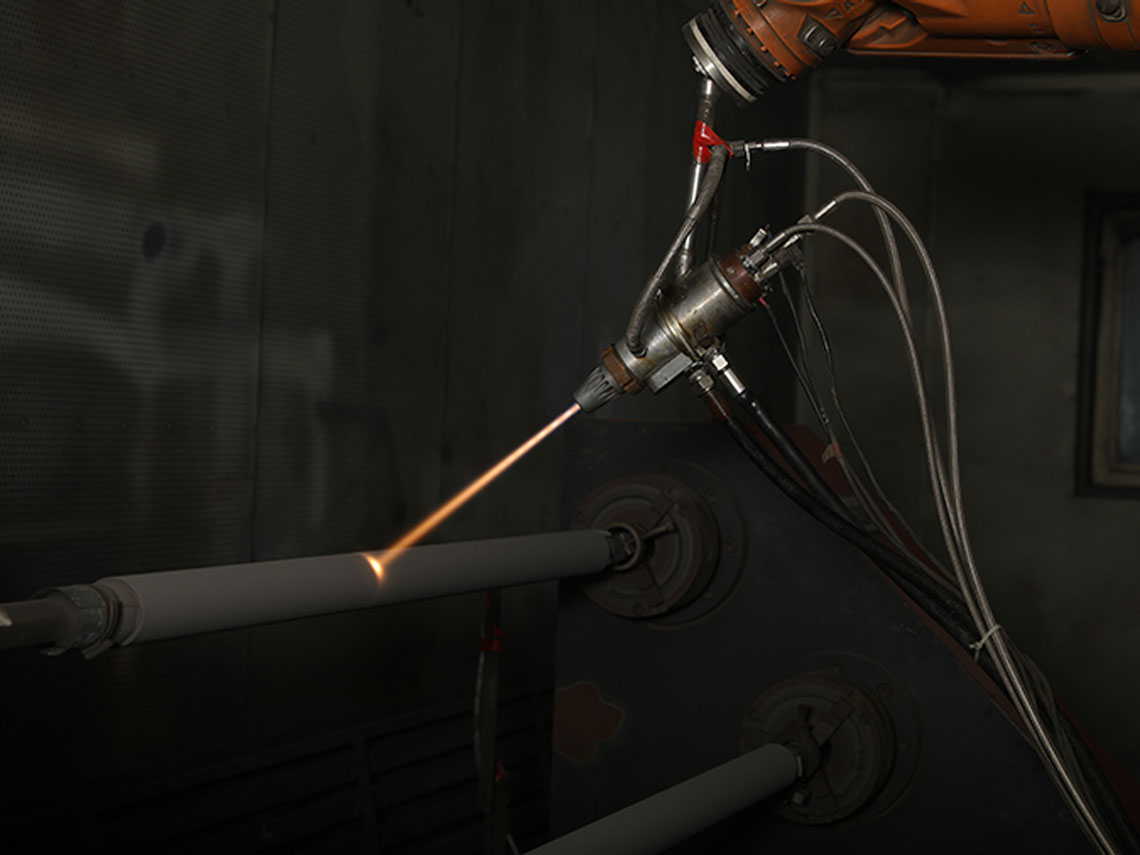
- Chrome, nickel, and copper plating’s are widely used in home appliances and cutlery for decorative purposes. However, their use in industrial applications cannot be ignored due to their thermal, magnetic, electrical and wear resistant properties.
- Plating being a dipping process has limited constraints as far as coating coverage is concerned unlike Thermal spray which is a line-of-sight process.
- Hard chrome and nickel plating have wide engineering applications in Defence, Marine, Hydraulic, Valve, Oil & Gas industry etc. Few commonly plated parts include spindles, stems, shafts, housings, rotors etc. Owing to the health and environment hazards posed by hexavalent chromium, it has actively been substituted by Tungsten and Chromium carbide based coatings which exhibit much superior mechanical properties.
- Aerospace has been the primary sectors for adopting thermal spray followed by other industries such as Textile, Steel, Oil & Gas, Power Generation, Hydraulic, Pump and Valves, Plastic Extrusion etc. Few commonly coated parts include valve spindles, diffusers, shafts, pump casings and rings, mandrels and housings, piston rods etc.
-
Surface plating and coatings offer numerous advantages such as :
- Wide range of materials can be coated
- Flexibility to apply on any base material substrate
- Provides superior mechanical properties by application of thin layers
- Enhances wear, abrasion, corrosion, and high temperature oxidation resistance
- Improves operational life of part
- Reduces downtime and breakdown costs
- Provides better surface finish and improves aesthetics
- Has a low cost to benefit ratio specifically for high volume production parts
Frequently Asked Questions
Got Questions? We’ve Got Answers!
- It is an additional process applied to the surface of a material for the purpose of adding functions such as rust and wear resistance or improving the decorative properties to enhance its appearance.
- The various types of surface treatment process that we can undertake for your parts are electroplating, anodizing, PVD/CVD, thermal spray coating etc. For more details, please refer the Overview section of this page.
- We have developed and keep upgrading our capabilities by adding professional and experienced vetted suppliers to our vendor network. Please refer to Capability section of this page for more details.
- Our coating and plating facility is certified for AS 9100 Rev.D standard and we coat a variety of parts for aerospace, defence and space industry.
- Jarring mandrels, housings, mud rotors and pistons used in the Oil & Gas industry are coated with carbide and nickel-chrome based coatings to improve its wear, abrasion, and corrosion resistance.
- Different variants of rolls used in the steel rolling mills are coated with hard chrome and carbide based coatings to improve its sliding wear resistance.
- A variety of rings, sleeves, shafts, impellers, casings etc. used in the pump assemblies are coated with carbide and cermet coatings to improve its resistance to corrosive and abrasive fluids and gases.
- Piston rods and cylinders used in compressors and hydraulic assemblies are coated with different ceramic, carbide, and cermet coatings to increase its operational life.